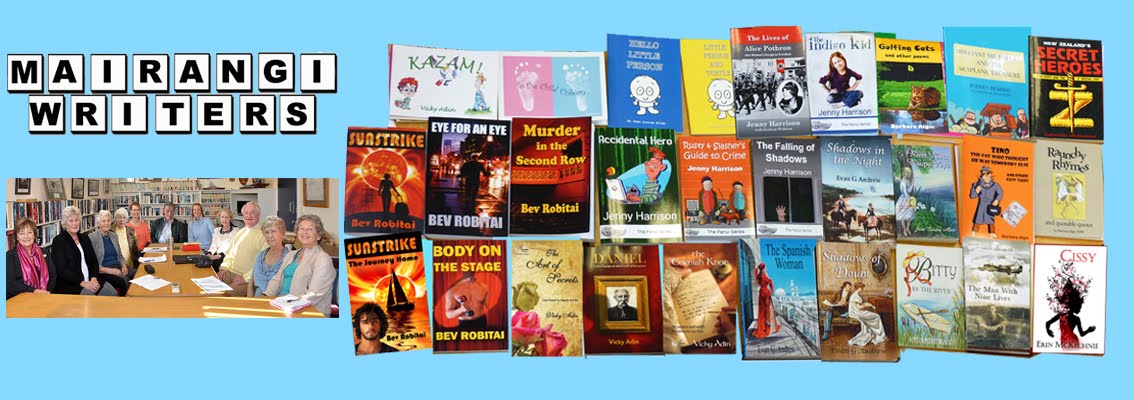Sometimes we all need a reminder about the
basics of writing. Often, on this site, we see blogs about cleaning up your
work, writing synopses, getting over writers’ block and being reminded to
practice, practice and practice some more.
I avidly read blogs and articles about plot
construction, planning and characterisation, and sometimes get inspiration from writers in real life. Here are some ideas, gleaned from a talk given by Yvonne Walus at The Author's Mouth meeting in May, which I’d like to share.
There is little point in providing a
description of a place or a person who only appears once in the book and has
little intrinsic value. There is a lot of value in describing a scene central
to the plot to hook a reader.
For a moment to be powerful enough for the
reader to remember it long after the book is finished, the description should
include at least three of the five senses: sound, smell, taste, touch and
vision. The reader has to connect physically with the scene or character.
Apart from the brief visual appearance of a
character or place also comes the detail. Not as a block, not even in the first
chapter, but fed in until the character has been built up to appear 3D. As much
as we need a visual image of what the person might look like – and many
articles say don’t overdo it, leave it to the reader to create their own
physical image – we do need to know what sort of person are they. Here are some
examples:
Athletic:
do they swim, run? Or are they unfit and desk bound?
Healthy:
do they smoke/drink, or eat well, fussy about what they put into their bodies
or couldn’t care less? Clean/dirty or bitten finger nails.
Mannerisms:
do they have any nervous gestures? Are they social or reclusive (how do they
act at a party)? Do they smile? (If not, why not? Bad teeth, embarrassed?)
Emotional:
how do they respond to death/bad news? Do they laugh/cry/withdraw? What about
good news?
Are
they vulnerable in any way? Do they have some physical impairment – sight,
hearing, medical – that could impact on how they behave?
What
do they wear/not wear: jewellery, scarves, hats?
How
do they sound when they walk?
What
is important to them?
In amongst these details are clues as to
the type of person they might be. What their style might be. Bold jewellery on
a woman might tell the reader something different to the woman who wears
simple, plain jewellery. What is the message we understand when a man wears
jewellery?
The other important message in building
characters is about the things that are not there. Things you might take for
granted a person might have? What is missing from their home/car/office?
Photos, ornaments, computers or electronics? What is missing from their
language? Swear words? Are their belongings. mannerisms and language a match to
their behaviour and actions?
The more interesting the character, the
more the reader wants to know about them.
Vicky Adin

No comments:
Post a Comment